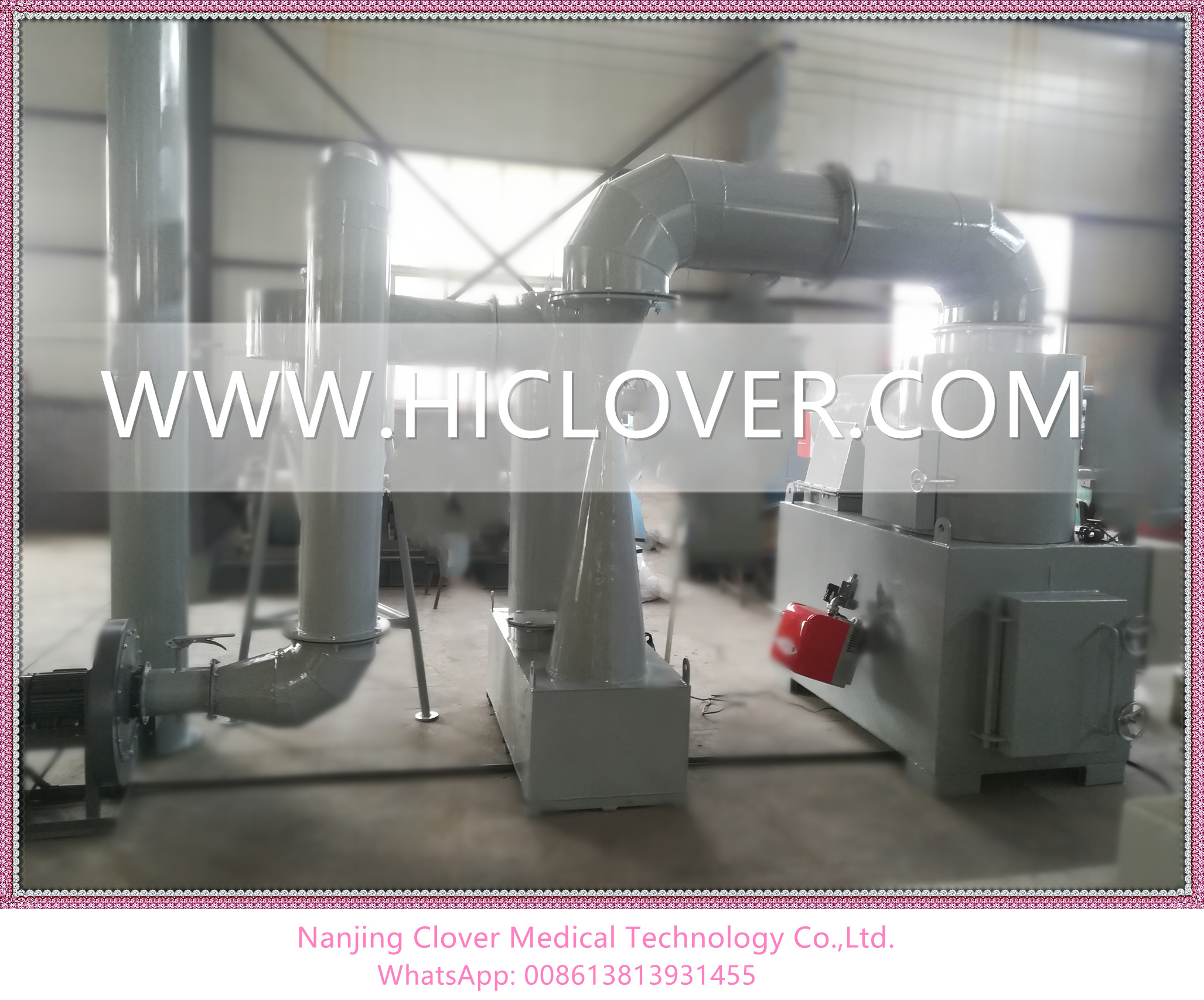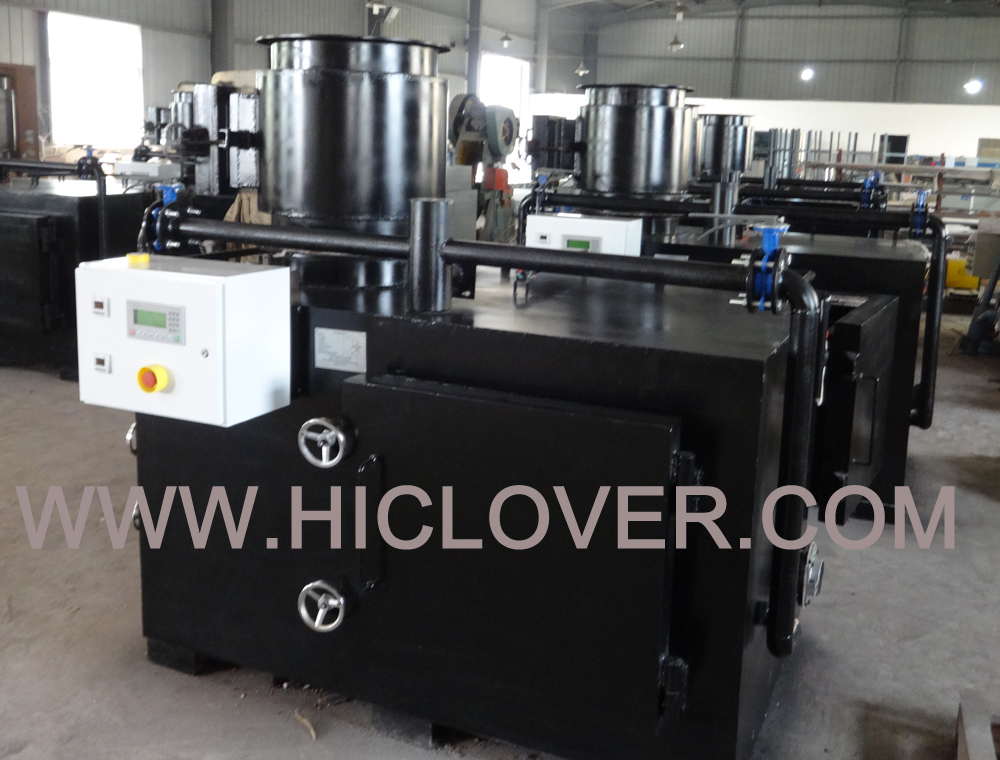Waste incineration is a method of waste disposal that has been the subject of controversy and misconceptions for many years. While some people view it as an effective and environmentally-friendly way to manage waste, others have concerns about its impact on public health and the environment. In this article, we will address some of the common concerns and misconceptions about waste incineration and provide a balanced view of its benefits and drawbacks.
One of the most common concerns about waste incineration is its potential impact on air quality. Critics argue that the process of burning waste releases harmful pollutants into the atmosphere, including dioxins, heavy metals, and greenhouse gases. While it is true that waste incineration can produce these pollutants, modern incineration facilities are required to use advanced pollution control technologies to minimize their emissions. These technologies can remove more than 99.9% of harmful pollutants, making the emissions from waste incineration comparable to those from other industrial processes.
Another misconception about waste incineration is that it encourages waste generation and discourages recycling and waste reduction efforts. However, waste incineration is actually a critical component of an integrated waste management system that includes recycling, composting, and waste reduction. In fact, many modern waste-to-energy facilities are designed to recover valuable materials from the waste stream before it is burned, such as metals and non-combustible materials. This not only reduces the amount of waste that needs to be landfilled, but also generates renewable energy that can displace the use of fossil fuels.
There is also a perception that waste incineration is a costly and inefficient method of waste disposal. While it is true that building and operating waste-to-energy facilities can be expensive, the long-term costs of landfilling waste can be even greater. Landfilling requires significant amounts of land and can lead to the contamination of groundwater and the release of methane, a potent greenhouse gas. Waste incineration, on the other hand, can provide a reliable and predictable source of energy and reduce the need for new landfills.
It is important to recognize that waste incineration is not a perfect solution to the challenges of waste management. However, when properly regulated and managed, waste incineration can provide significant environmental and economic benefits. It can help reduce the amount of waste sent to landfills, generate renewable energy, and recover materials that can be recycled. Moreover, waste incineration can help communities reduce their reliance on fossil fuels and mitigate the impacts of climate change.
In conclusion, waste incineration has been the subject of many concerns and misconceptions, but it is a valuable and necessary component of a sustainable waste management system. With proper regulation and oversight, waste incineration can help communities reduce their environmental footprint and move towards a more efficient and circular economy. It is important to carefully consider the benefits and drawbacks of waste incineration in the context of local waste management challenges and to continue to explore innovative solutions for minimizing our impact on the environment.



